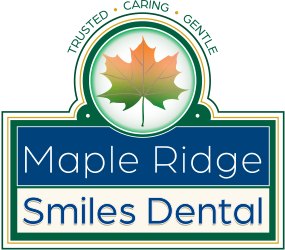Despite being considered not ideal to many people, having a gummy smile is often the natural result of genetics. In some patients, their gums simply didn’t recede properly when their adult teeth came in.
 It is important to understand that replacing a missing tooth is not just about looks. After losing a tooth, the surrounding teeth can shift out of place & it may become difficult for you to bite, chew & speak. The resulting bone shifting can even affect your overall facial structure.
It is important to understand that replacing a missing tooth is not just about looks. After losing a tooth, the surrounding teeth can shift out of place & it may become difficult for you to bite, chew & speak. The resulting bone shifting can even affect your overall facial structure.
Replacing missing or rotten teeth is essential to keeping your mouth healthy in the long run. A missing tooth can cause more trouble than just an unsightly gap in your smile. Tooth loss can cause your remaining teeth to shift around the gap, changing the alignment of your smile & even causing changes in your facial aesthetics.
What Is A Gum Lift?
A gum lift is also called a gingival lift, or a gingivectomy, “gingiva” being the medical term for gum tissue & “-ectomy” meaning surgical removal. The gum lift procedure involves removing a small amount of gum tissue where your gums meet your teeth. This is usually only done on your top front teeth because they are visible when you smile & speak.
Gum lifts are also called gum contouring. When the procedure is referred to this way, it may be less about corrected a gummy smile than evening out the gum line. Some patients have more gum tissue covering the tops of some teeth than others, leading to a smile that appears asymmetrical. Gum contouring can fix this illusion & create a more even-looking smile, no braces required.
Procedure Overview
A gum lift is sometimes confused with a crown lengthening, which is a different procedure that involves removing both bone & gum tissue. Gum lifts only remove gum tissue. Gum lifts do not to treat a disease. There are several other types of gum surgery associated with periodontitis (advanced gum disease) that may end up having a cosmetic result but are completed for health reasons.
Gum lifts have become more attractive to patients thanks to the latest advances. Modern laser technology has made it so gum lifts are faster, nearly painless & require much less recovery time. In the past, gum lifts were done by making incisions & sometimes using sutures. Today, most dentists use a dental technology called a soft tissue laser to gently remove gum tissue. The laser cauterizes blood vessels (burns them closed) as it removes tissue, leading to less bleeding, less swelling & faster healing times.
The gum lift is sometimes done in combination with other cosmetic procedures as part of a smile makeover, for example, following orthodontic treatment (braces). Other ways of lengthening teeth include veneers or bonding, both of which might be considered instead of or in combination with a gum lift. If you’ve been told you have a gummy smile or small teeth, a gum lift may be an option to improve the appearance of your smile.
